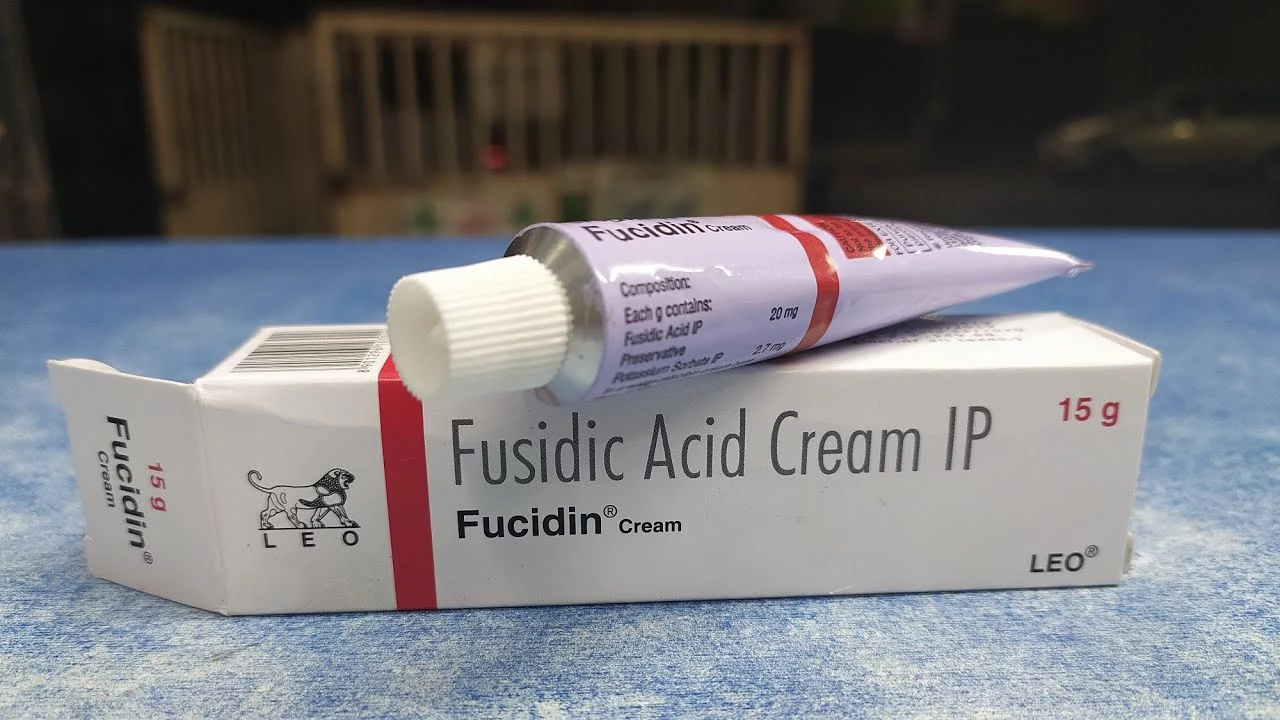Fusidic acid: what it treats and how to use it safely
Fusidic acid is an antibiotic many doctors reach for when skin infections won’t quit. It’s especially useful against Staphylococcus bacteria, including some strains that resist other antibiotics. Want to know when it helps, what to watch for, and how to use it without causing problems? Read on — you’ll get clear, practical tips.
How fusidic acid works and when it's used
Fusidic acid blocks a key step bacteria need to make proteins, so they stop growing. Most people see it as a cream or ointment for impetigo, infected cuts, boils, and infected eczema. In some countries there’s also an oral form for more serious infections, but that’s less common and usually reserved for confirmed cases where a doctor decides the benefit outweighs risks.
It’s not a broad-spectrum antibiotic like some pills you’ve heard of. That’s a good thing: fusidic acid targets certain bacteria, so it’s often chosen to limit unnecessary damage to beneficial germs. Still, it won’t help viral infections like cold sores or fungal problems, so checking with a clinician is smart when you’re unsure.
Practical tips: using fusidic acid, side effects, and safety
Use the cream exactly as your prescriber or the package says. For skin problems, clean the area first, apply a thin layer, and cover only if advised. Most courses run a few days — stop only when told or when the infection has clearly cleared and your doctor says it’s okay. Leaving treatment incomplete increases resistance risk.
Common side effects are mild: local itching, redness, or a burning feeling where you apply it. If you get a spreading rash, severe swelling, fever, or worsening symptoms, stop and contact a doctor — that could mean an allergic reaction or that the bug isn’t responding.
Drug interactions are limited for topical use, but with oral fusidic acid the list is longer. Always tell your clinician about other meds, especially statins or blood thinners. Pregnant or breastfeeding? Ask your provider — topical use is often allowed but your situation matters.
Thinking of buying fusidic acid online? Only do it from reputable pharmacies that require a prescription when one’s needed. Avoid unknown sites selling antibiotics without a prescription — fake or expired meds are common risks. Our site has guides on safe online purchasing if you want a checklist.
Resistance is real. If symptoms return quickly after stopping treatment, or if the infection doesn’t improve within a few days, see your doctor. They may need to swab the area and choose a different antibiotic. Using fusidic acid correctly helps the medicine keep working for everyone.
Got persistent skin infections or repeated flare-ups? Ask for a proper check-up. Sometimes the cause is an underlying issue like uncontrolled diabetes or frequent skin damage, and treating that makes antibiotics truly effective.
Fusidic Acid for the Treatment of Necrotizing Fasciitis: A Closer Look
In my latest blog post, I delve into the use of Fusidic Acid for treating Necrotizing Fasciitis, a fast-spreading bacterial skin infection. We explore how this antibiotic, originally used for staph infections, is showing promise in treating this severe condition. We also discuss its potential benefits, such as lower toxicity and fewer side effects compared to other treatments. However, it's important to note that further research is still needed to confirm its efficacy. Join me as we take a closer look at this potentially game-changing treatment option.





